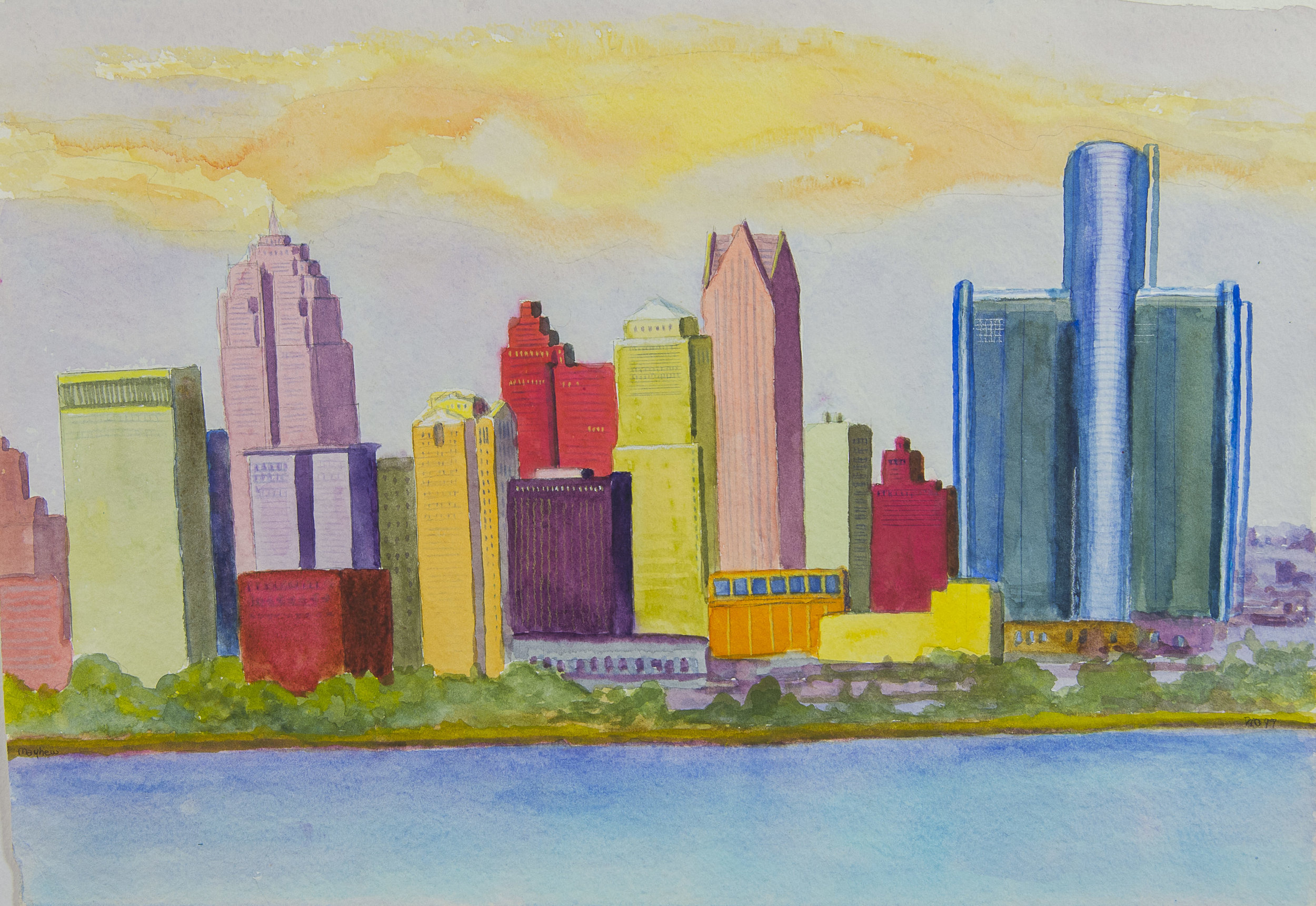
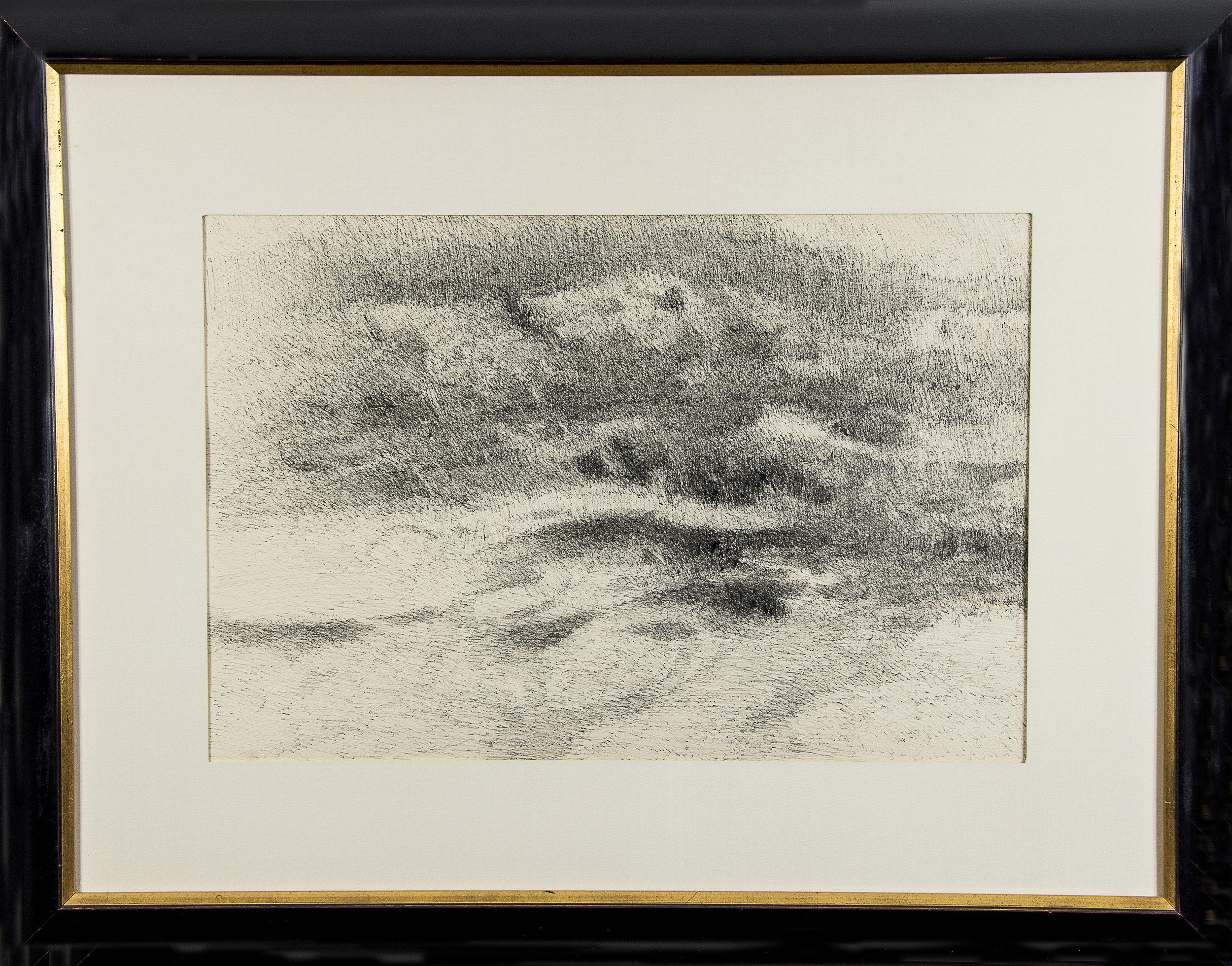
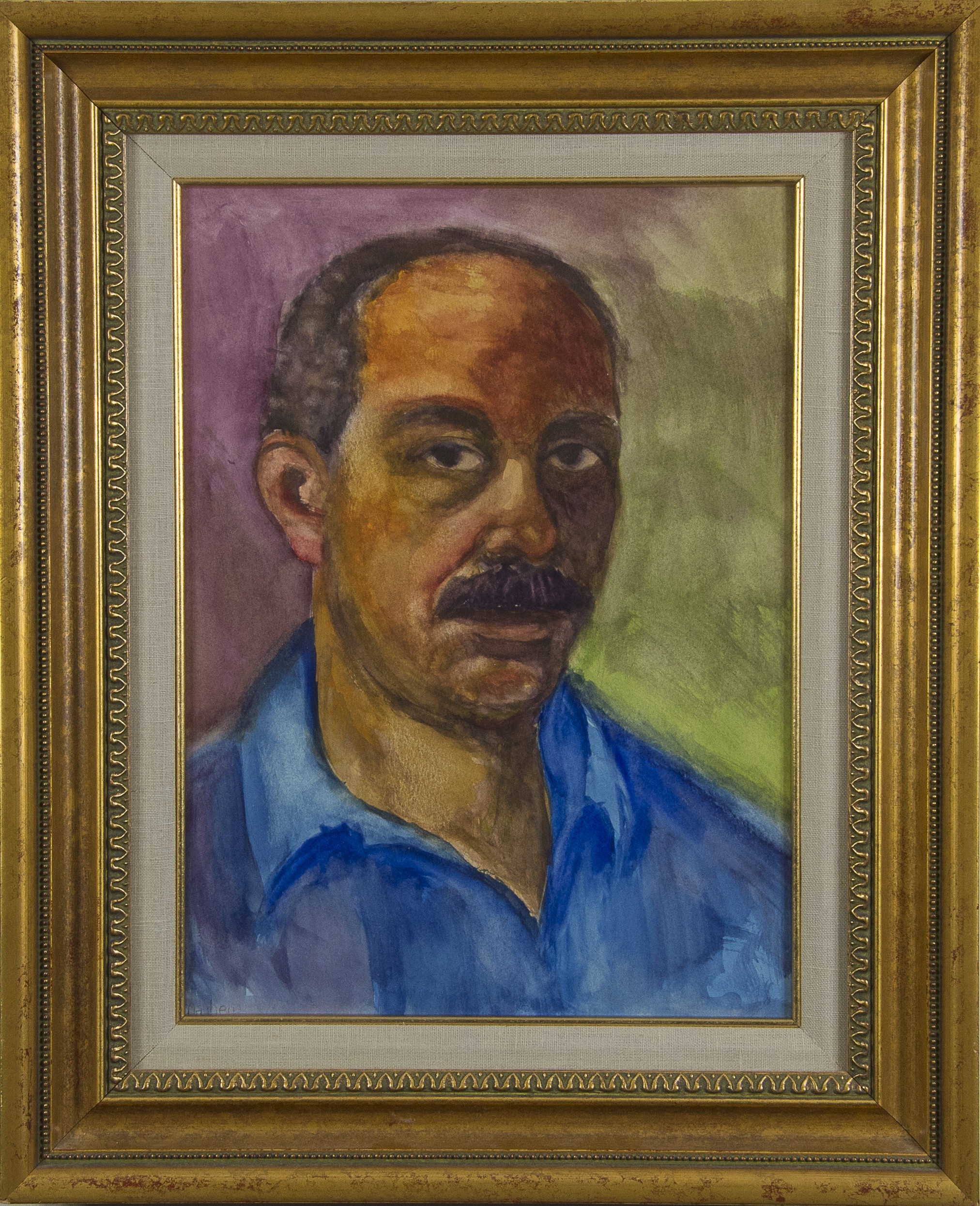
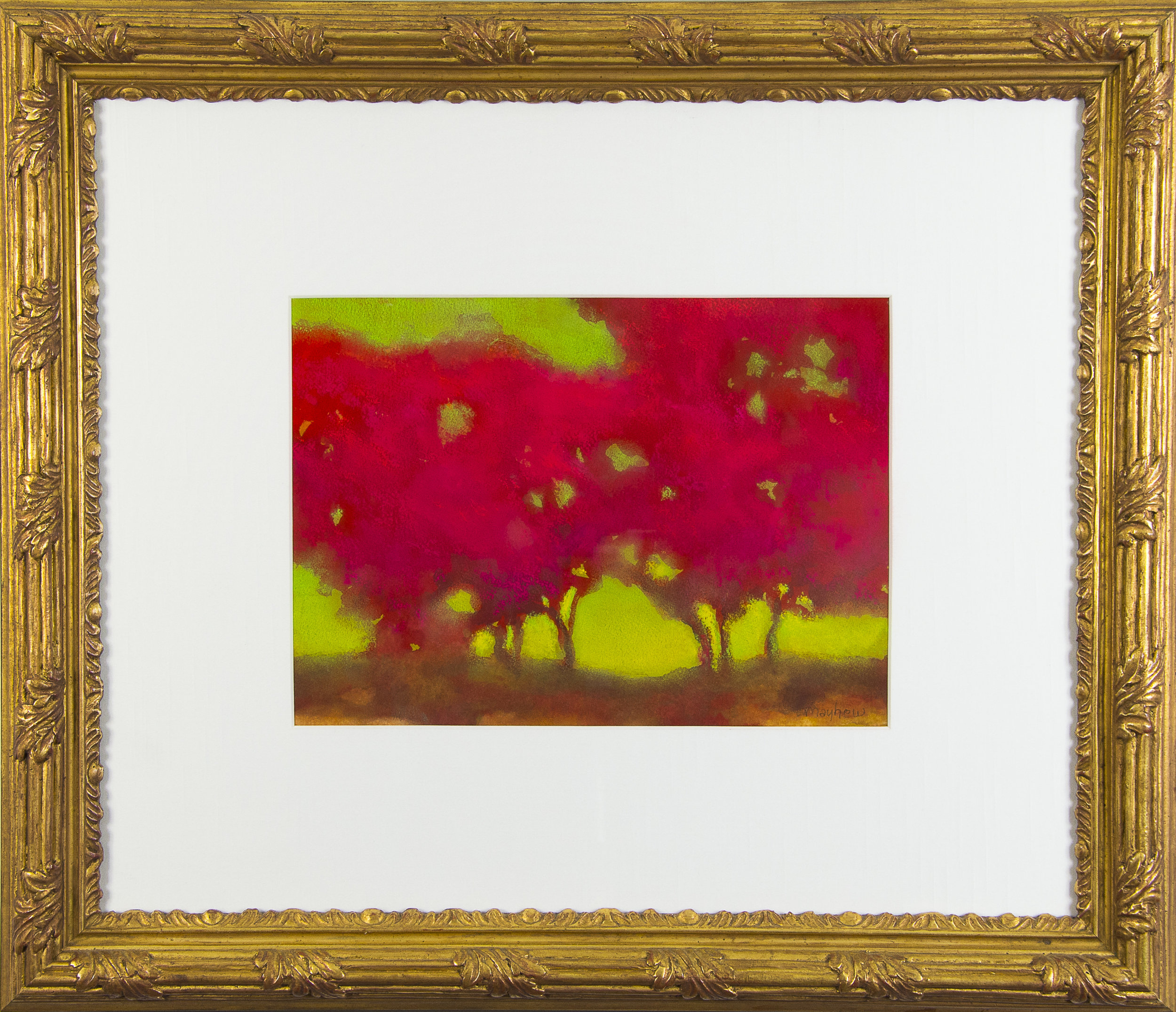
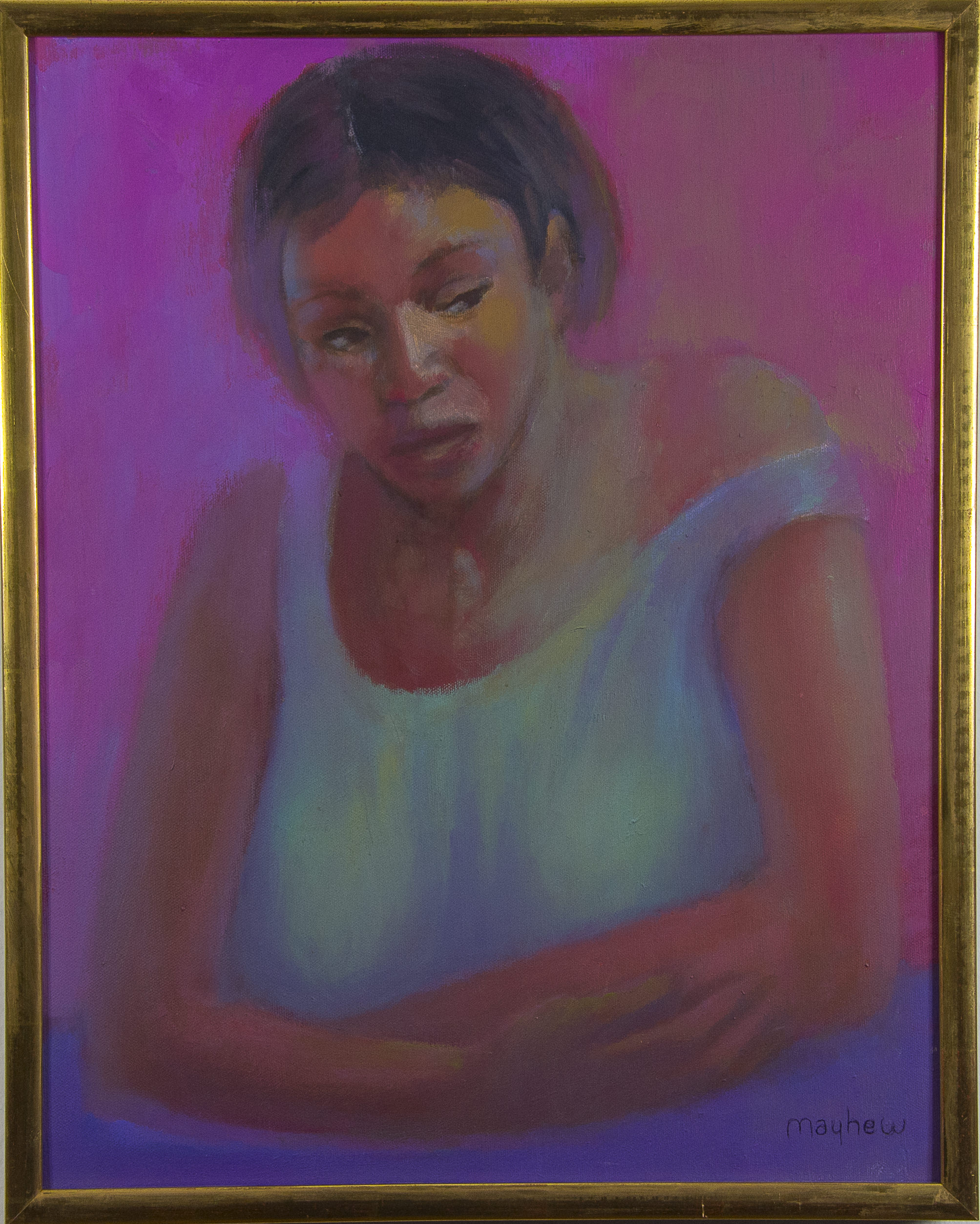
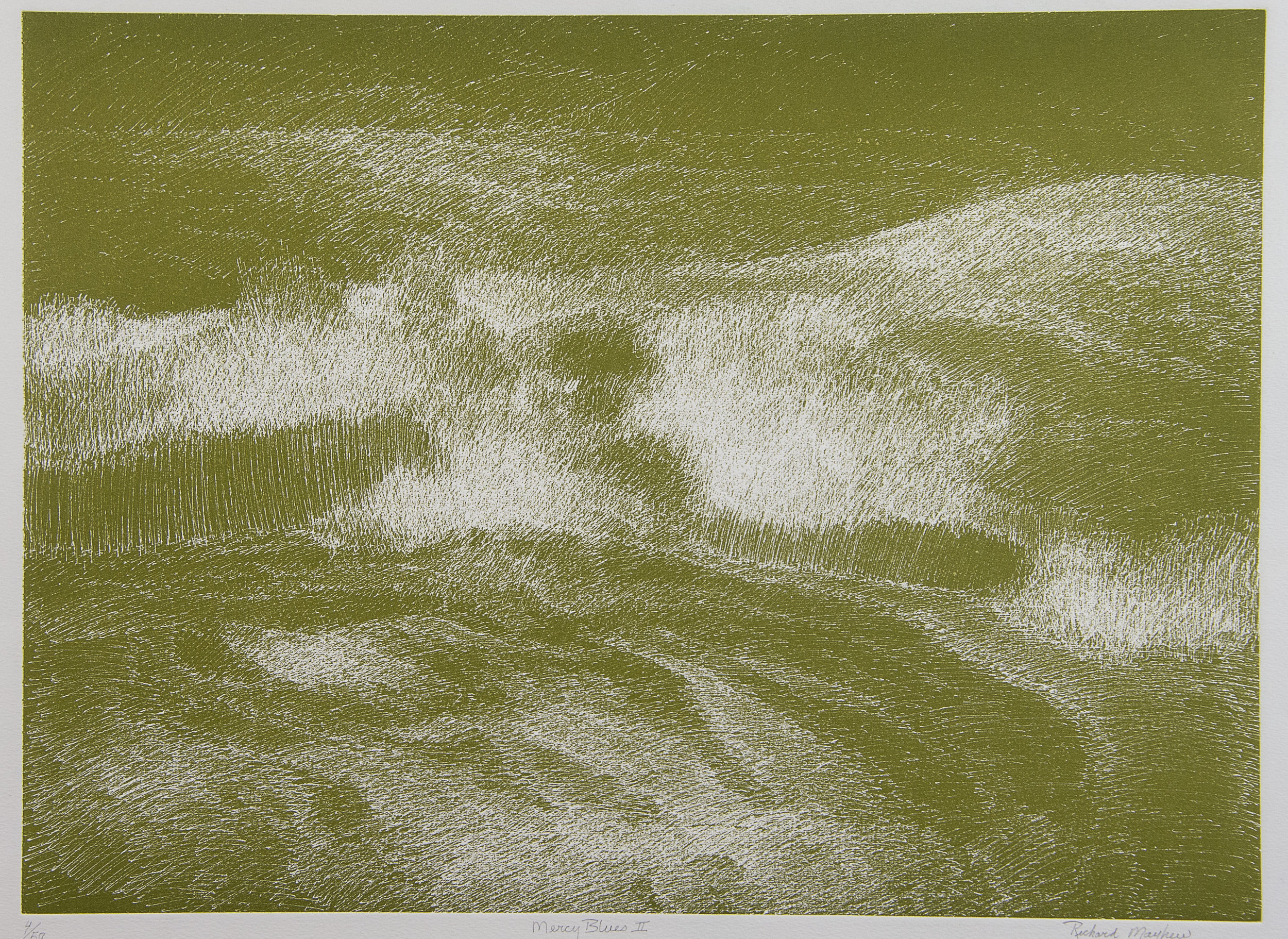
Richard Mayhew
Richard Mayhew was born in 1924 in Amityville, New York. His family’s house was a stone’s throw from Long Island Sound, where a group of painters, gathered there to work, would mesmerize the young boy. One of them, James Wilson Peale, became Mayhew’s mentor. During the summers he apprenticed with him, learning the myriad details involved in painting, but especially how to draw. Soon Mayhew and Peale were collaborating on a medical encyclopedia.
Mayhew’s old-fashioned apprenticeship laid the groundwork that would make study in the 1950’s at the Brooklyn Museum Art School, the Art Students League, Columbia University and the Hans Hofmann School of fine Arts in New York seem facile. But he craved a European Experience, not for appreciation, which had motivated artists such as Henry O. Tanner and William H. Johnson, but because of the opportunity it would give him to study the landscape tradition. On one of many grants he would receive, he studied at the Academia in Florence for four years beginning in 1957. From his base in Italy, he dashed in and out of every museum he could find and was given special permission to pore over the archives of the Louvre, the Prado, and the Rijksmuseum.
His first show in 1957, at the Morris Gallery, was successful. Reviewing his show in 1969 at the Midtown Payson Galleries, New York Times critic John Canaday said, “The strength and certainty and sheer handsomeness of his new paintings are especially gratifying because he works in the neglected field of landscape and was doing so as long as ten years ago.”
Mayhew has had worldwide exhibitions, including a 1978 retrospective at the Studio Museum in Harlem. His work is represented in the permanent collections of America’s Major institutions such as the Whitney Museum of American Art, the Smithsonian Institution, Metropolitan Museum of Art, DeYoung Museum, The Brooklyn Museum and many others.
His long career in academia, which included posts at Smith College, Hunter College, and the Art Students League, was crowned with his appointment as Professor Emeritus of Art and Fellow when he retired after teaching fourteen years at Pennsylvania State University in 1991.
“I am a realist painter. My images come from observing life and people, and pondering both their beauty and their concerns. My work, at its best, is about representation, mainly of Black People, in opposition to the racist representation I see in the media. My painting style starts at Classical European painting and is fed by influences ranging from Benin figurative sculpture to Islamic Art of the Book. My training began in Illustration and I lean toward abstraction. I want my work to be both poetic and descriptive, and as beautiful as I can make it.”
